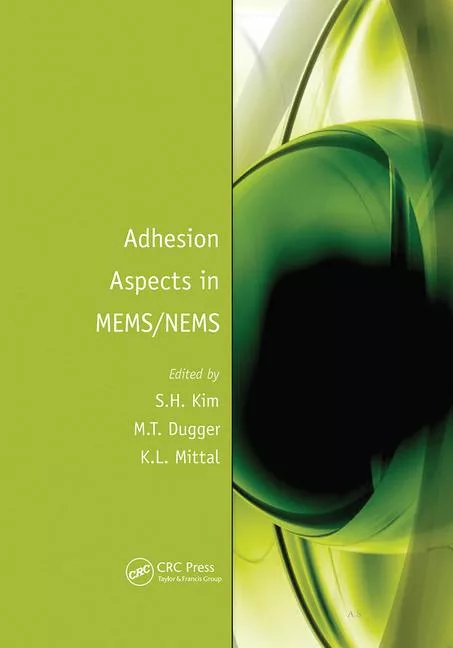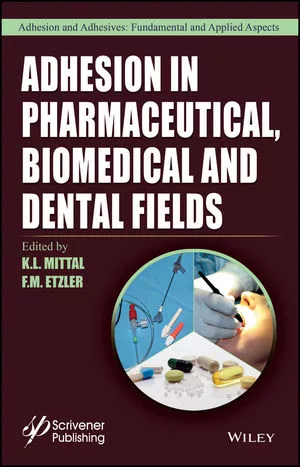Focus on Sustainability to Drive Innovation and Growth in Medical Devices Packaging Market
The medical devices packaging market is growing as the healthcare industry witnesses rapid changes due to the outbreak of new diseases, increasing regulatory norms, and growth in advanced healthcare systems.

The medical devices packaging market was valued at $29.3 billion in 2019 and is expected to reach a value of $41.9 billion by 2025, growing at a CAGR of 6.1% from 2020-2025, according to a report from Mordor Intelligence. Companies are focusing on reducing the materials and energy required in packaging. This ongoing trend is where “green packaging designs” come into play. By involving a medical device packaging partner in the initial stages of product development, companies can create packaging that is innovative and sustainable.
Packaging products with longer shelf lives are driving the market. A series of tests are carried out to assess package integrity and the physical properties of the packaging materials, as well as their opening feature. The Sterilization Packaging Manufacturers Council (SPMC) of the Flexible Packaging Association has become involved in providing guidance on the role of humidity in the accelerated ageing of sterilizable medical packaging, which will increase product life.
The medical devices packaging market is growing as the healthcare industry witnesses rapid changes due to the outbreak of new diseases, increasing regulatory norms, and growth in advanced healthcare systems. This has resulted in the implementation of a standardized packaging process where flexible packaging demand is growing in the applications of both sterile and non-sterile packaging.
Plastics are the workhorse at the heart of medical packaging solutions. These materials are used for shipping and storing intricate devices, drugs, and other medical instruments such as IV bags and syringes, incubators, and dialysis machines.
Polycarbonate is a tough, transparent plastic material with outstanding strength and impact resistance, which makes an ideal material for medical device sterile packaging. It can be formed at a lower temperature compared to other plastics, which can result in faster cycles times.
Packaging for medical devices is often fabricated from thermoformed polycarbonate (PC) film, which enables the package and its contents to be sterilized together through exposure to radiation. Emerging applications for these materials include inhalers for the consumer market, ophthalmic products, orthopedic materials, and “lab-on-a-chip” devices for determining blood chemistry or analyzing proteins.
Regionally, the medical devices packaging market in Europe is significantly increasing its market share due to government regulations and the rising demand for diagnostic equipment, rehabilitation products, and hygiene devices. The introduction of European packaging standards for terminally sterilized medical devices has been driven by the need to satisfy two separate requirements: to clearly define how to satisfy the packaging elements of the Medical Device Directive (93/42/EEC), and to harmonize the national standards in use in various European Union (EU) member states that relate to specific materials.
Additional details are available at www.mordorintelligence.com.
Looking for a reprint of this article?
From high-res PDFs to custom plaques, order your copy today!




.webp?height=200&t=1709670950&width=200)

